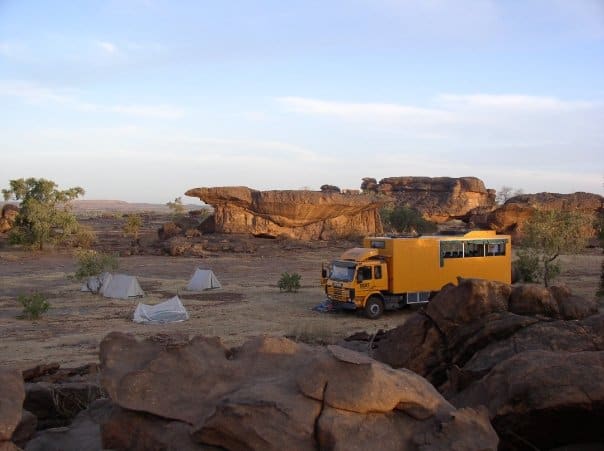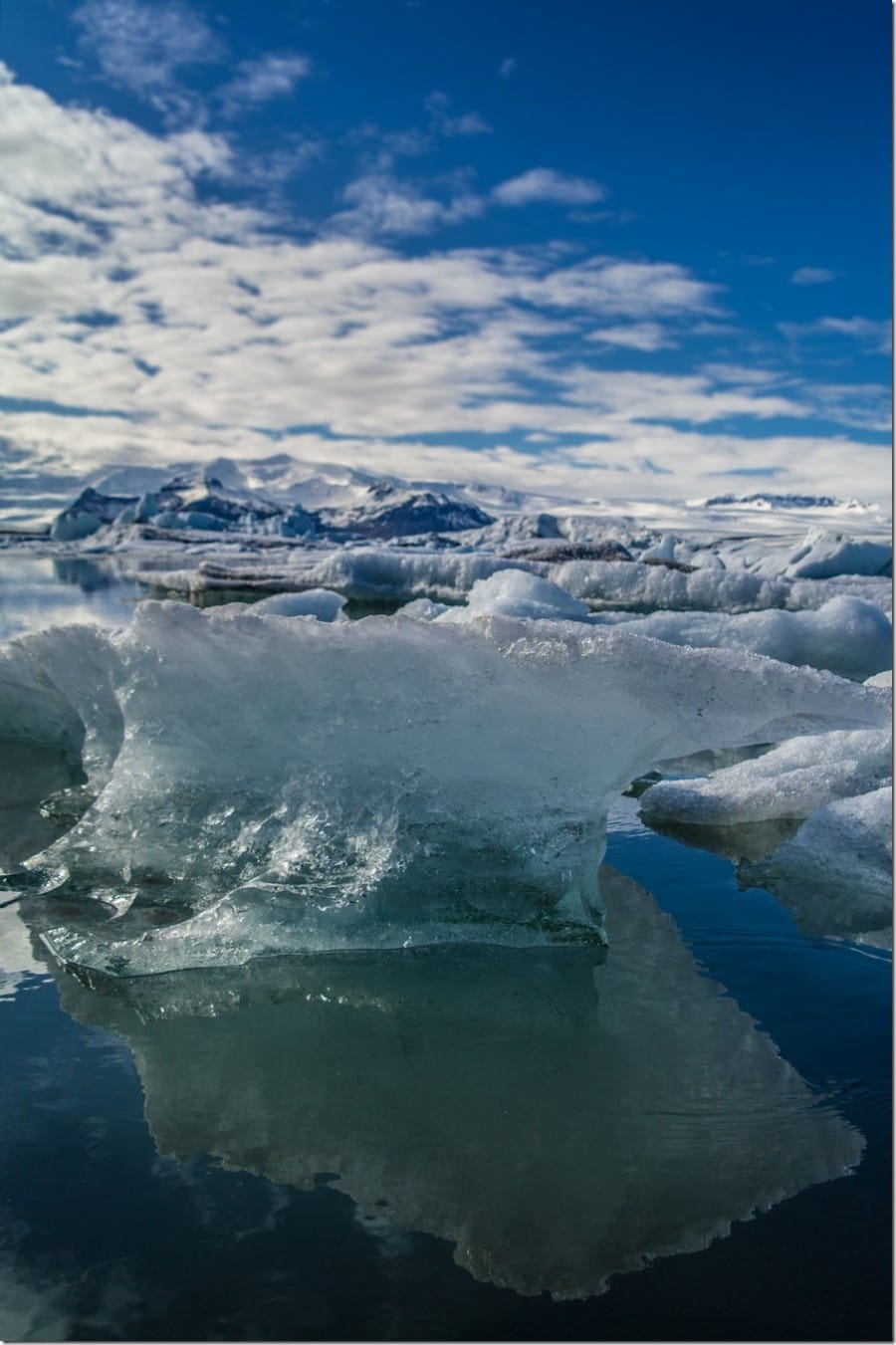Most preppers have their homes stocked with canned food, ammunition and portable generators. But those living in urban areas are likely to face forced evacuation from their homes either by undesirables or government officers.
The best way to prepare for these Armageddon-type conditions is living in the wild for at least a week to test your will and skill. The following provides tips to prepare for a one-week survival simulation.

Safe Destinations
There are a few places on Earth that Google’s snooping satellites either cannot or will not allow the public to see. Most of them are military testing sites, royal palaces and corporate facilities. You’re unlikely to find a 100 percent private sanctuary anywhere. But you do want to have a good idea of where you’ll head when the time comes.
Safe places are far from large clusters of people and not easy to find. In its exploration of 19 states, Project Remote, found that these remote places were always within five miles of a road (a sign of human presence) regardless of how far off grid the place appeared. You won’t be able to be too picky when choosing a refuge.
Spontaneity is the best way to find safe havens within emergency range of your home. Fill the gas tank in your car, load the backpack with a portable GPS and a satellite phone that you’ve rented for the week, and hit the road. The latter two items are fail-safes to keep from getting completely lost.
Find a few remote areas (in case one becomes inaccessible) that can be reached on a tank of gas. Ideal spots are those with water sources (with signs of wildlife for meat) and a lot of trees for firewood and building. Force yourself to live off only the food and water found in the wild. Saltine crackers should be the only emergency food you bring along.
Cold Weather Survival

It’s tougher to survive winter cold than summer heat. The more practice runs you take, the better off you’ll be when the real show begins. Humans can live comfortably in temperatures between 40 and 95 degrees Fahrenheit as long as relative humidity stays below 50 percent, according to NASA data.
Few places in the Continental U.S. exceed 95 degrees on a regular basis, but most of the country has a winter season of at least five months. Long johns, thermal shirts and stocking caps will help, but you’ll need to acclimate to frigid conditions to survive long-term.
Moisture must be avoided at all costs when trying to stay warm because heat loss is accelerated in cold, wet conditions. Keep your clothing dry and clean. Always brush snow off your clothing before entering a warm shelter. Hang wet socks, gloves and other items in direct sunlight before putting them back on. Don’t overdress or you’ll begin to sweat; perspiration eventually evaporates and will further cool your body.
The Ugly But Necessary
Every resource becomes more valuable in survival situations, including human waste. Urine aged for several months and mixed with an 8-to-1 water ratio makes great fertilizer for plants. Human feces can be used as compost if aged for at least a year and mixed with other organic material. Granted, you can’t grow crops in a week-long survival simulation. But this is the time to figure out how to store waste and get used to using leaves for toilet paper.
Sanitation is very important in preventing disease. Bathe with heated water and natural soap made with wood ashes, animal fat and oils from plants. Chew sticks are a great alternative to toothbrushes and toothpaste.
When your survival simulation concludes, go back to your warm bed, clean shower, toilet and all the other modern conveniences of American life. But for at least a week, immerse yourself into survival camping to determine your overall readiness.